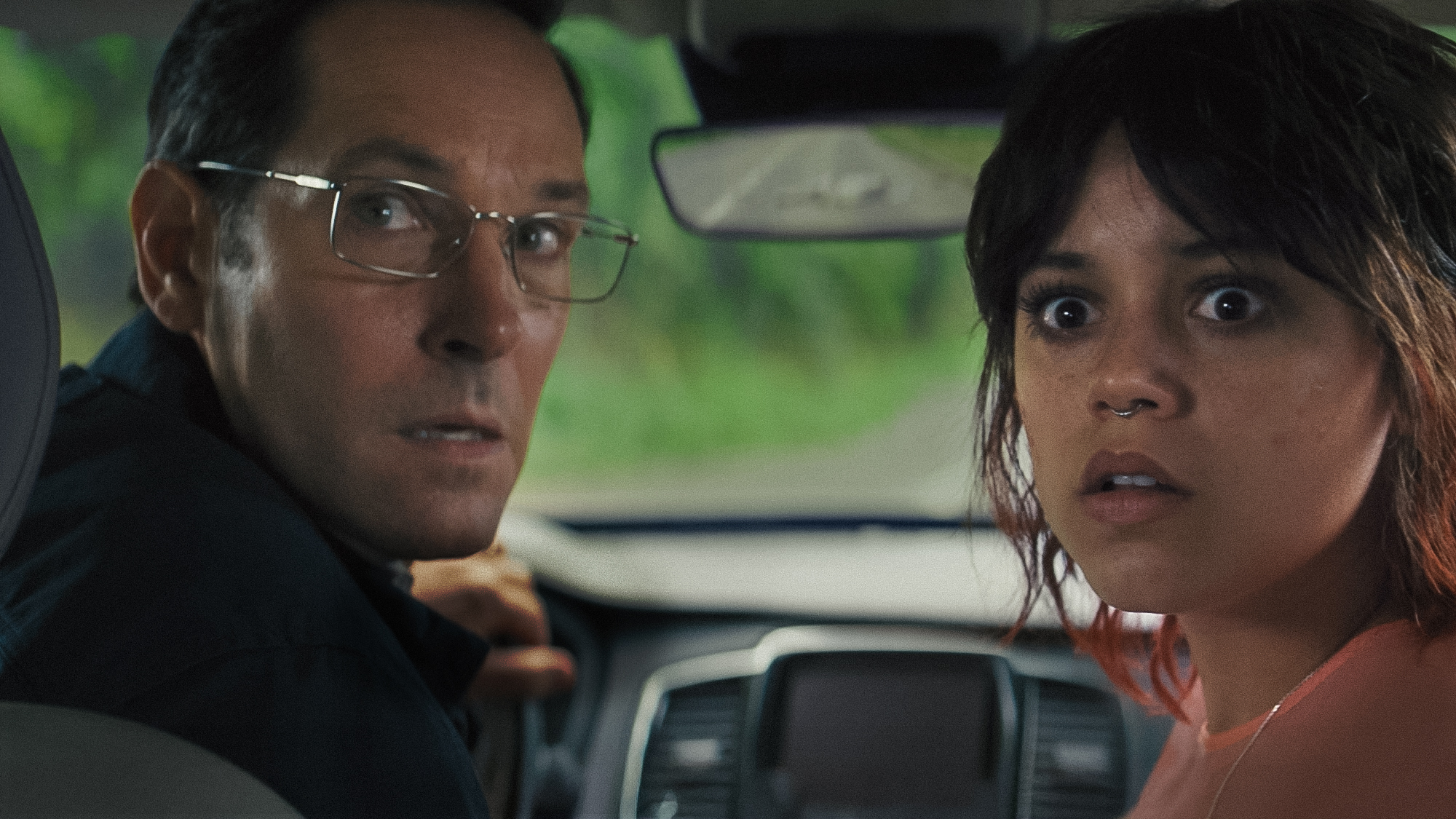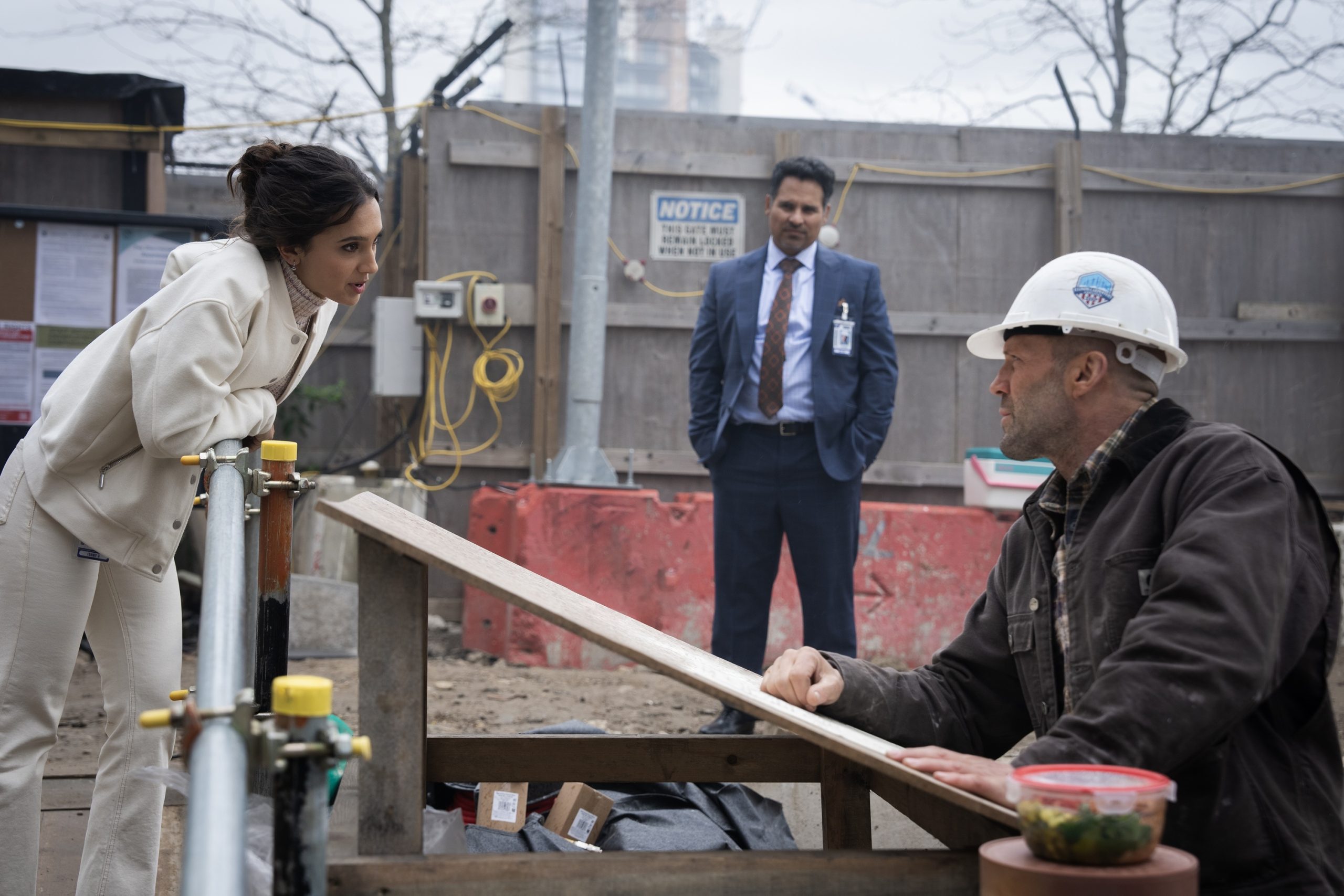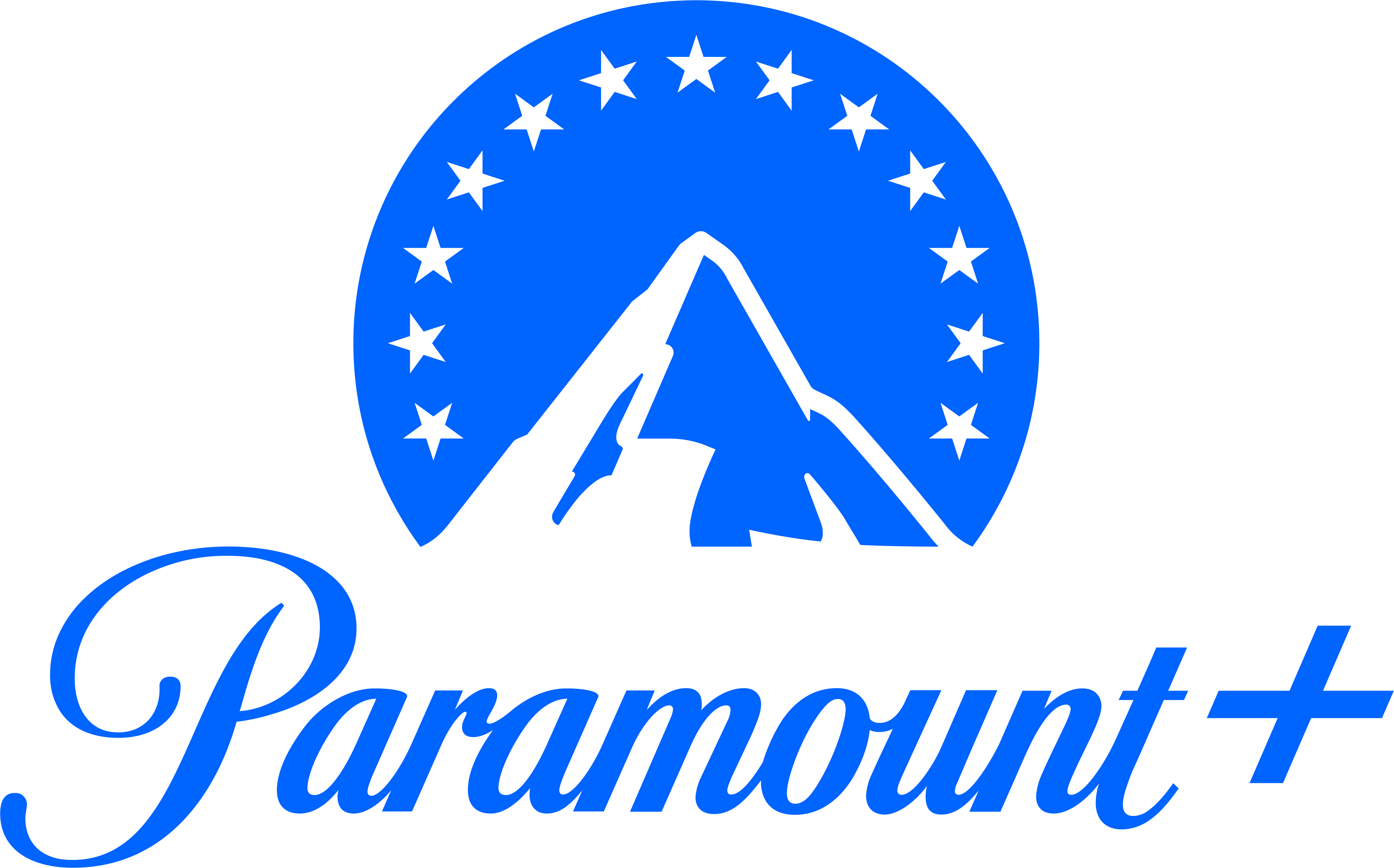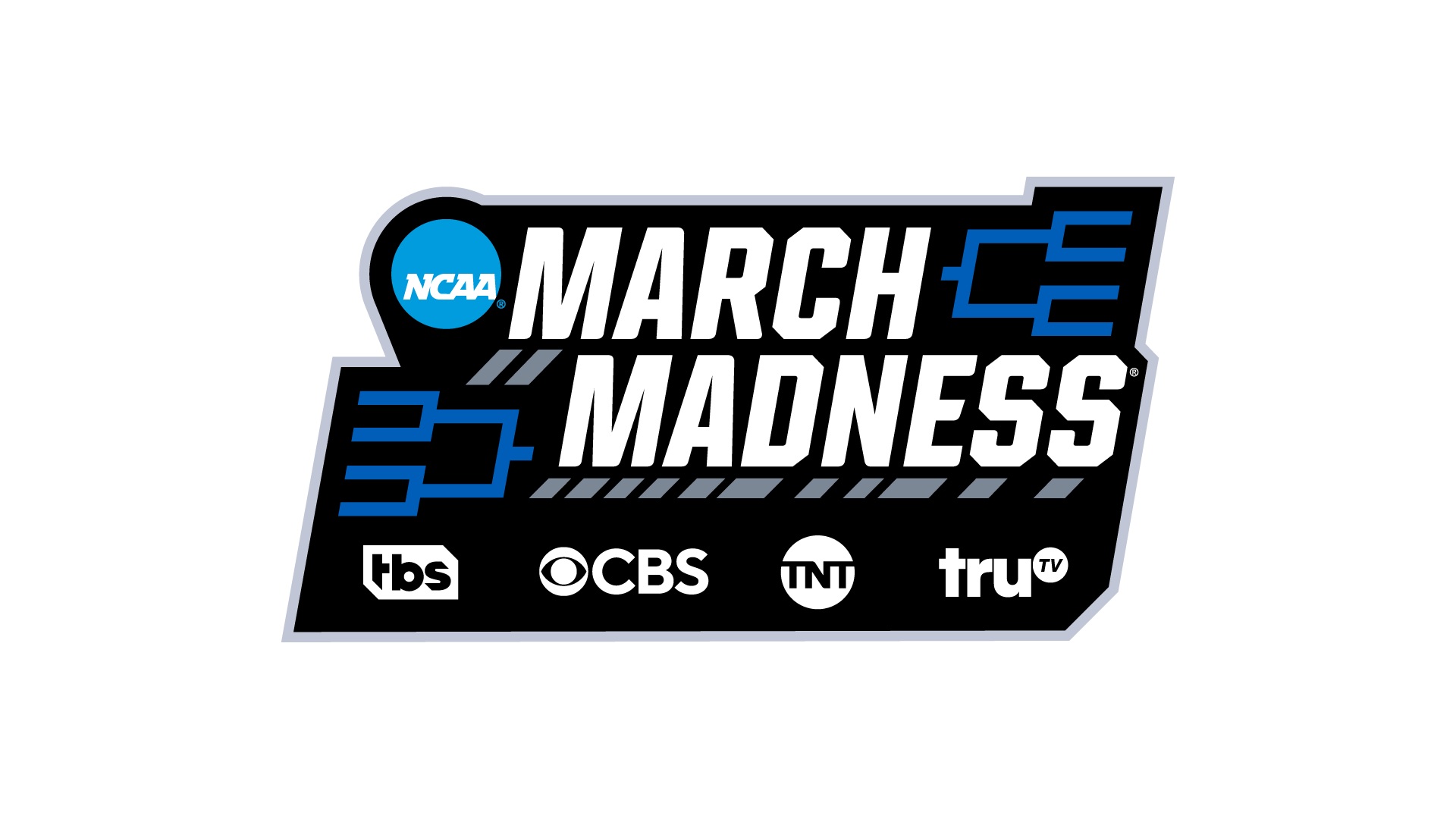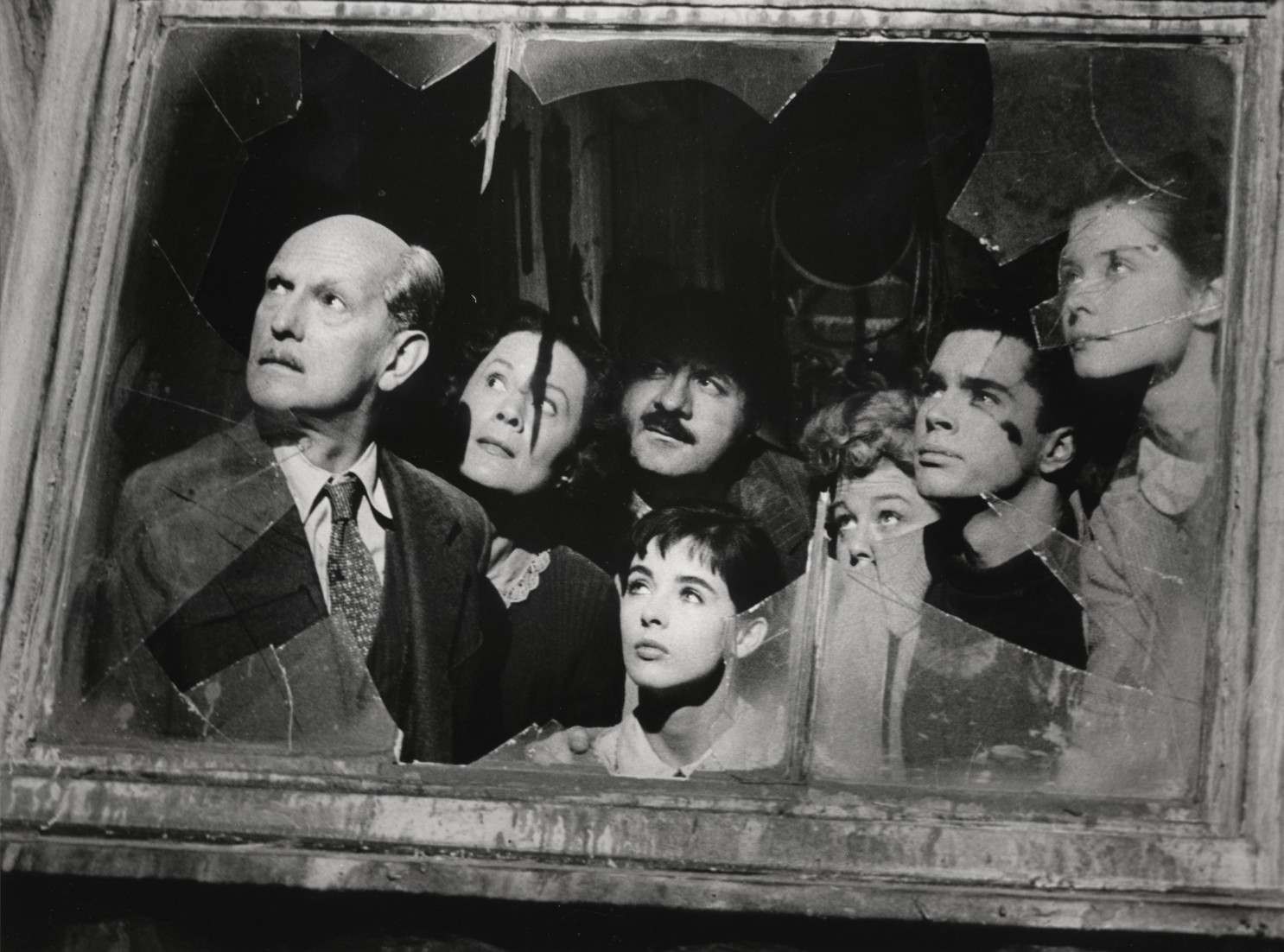
The Diary of Anne Frank is a film about the horrors of the Holocaust and keeps our attention from start to finish over 60 years after its release.
I’m not going to kid around. This film is three hours long but its worth every minute of it. We get a glimpse of Jewish life for those who hid from the Nazis in hopes of surviving WW2. Some families made it while others did not. Families were lucky to come out intact. Six million Jews perished during the Holocaust. Of every Jew depicted in the film, only Otto Frank would survive. If not for him, we would never have known Anne Frank’s story. There were many other teenage girls to perish during the war but Anne Frank’s diary survived.
This is a film about a young teenager, Anne Frank (Millie Perkins), who is hidden with her family, her dad’s business partner and his family, and a dentist. Together, they would wait it out in the annex on top of the business. It certainly would not be easy. Not with sirens and and Nazis policing the streets. One wrong step and someone could get suspicious and that would be the end of it. Depending on who you believe, it could have been an office worker or a cleaning lady. We might never know the truth for sure. What we do know is that Anne Frank was a young woman who believed that “in spite of everything, I still believe that people are really good at heart.”
George Stevens is the only filmmaker that could make this film. Of the most notable filmmakers that served in the military during World War 2, Stevens got a first-hand view of Nazi atrocities. Though for what it’s worth, William Wyler also considered directing the film. The horrors upon liberating the camps are images that stay with you forever. One of the bonus features on the 50th anniversary edition includes a piece on his service during the war. I’m not saying you’ll get nightmares anytime soon but those images won’t be leaving. Not for a while, at least.
Millie Perkins crushes it in her feature film debut. Though interestingly enough, Otto Frank inquired with Audrey Hepburn about playing Anne in the feature film. Hepburn ultimately declined but she would have turned 30 in 1959. It’s truly hard to believe–so many years later–that the film’s release was less than 15 years after the end of the war.
I have to say this because of how there is an audience out there comparing quarantine to Jews being hidden during the Holocaust. Don’t do it. Just don’t. There is no comparison here because when it comes to the quarantine, you don’t have Nazis that could raid the place at any minute without even as much as a moment’s notice.
The Diary of Anne Frank would go on to earn eight Oscar nominations. The film would only take home three wins: Best Supporting Actress (Shelley Winters), Costume Design – Black and White, and Cinematography – Black and White. It’s a good thing that the film didn’t get a release in color because Ben-Hur took home all the awards! Sadly, the script did not even get a nomination. This is in spite of the play having won a Pulitzer Prize!
Ultimately, The Diary of Anne Frank is a film that paints an intimate picture of life during the Holocaust.
DIRECTOR: George Stevens
SCREENWRITERS: Frances Goodrich and Albert Hackett
CAST: Millie Perkins, Joseph Schildkraut, Shelley Winters, Richard Beymer, Gusti Huber, Lou Jacobi, Diane Baker, and Ed Wynn
